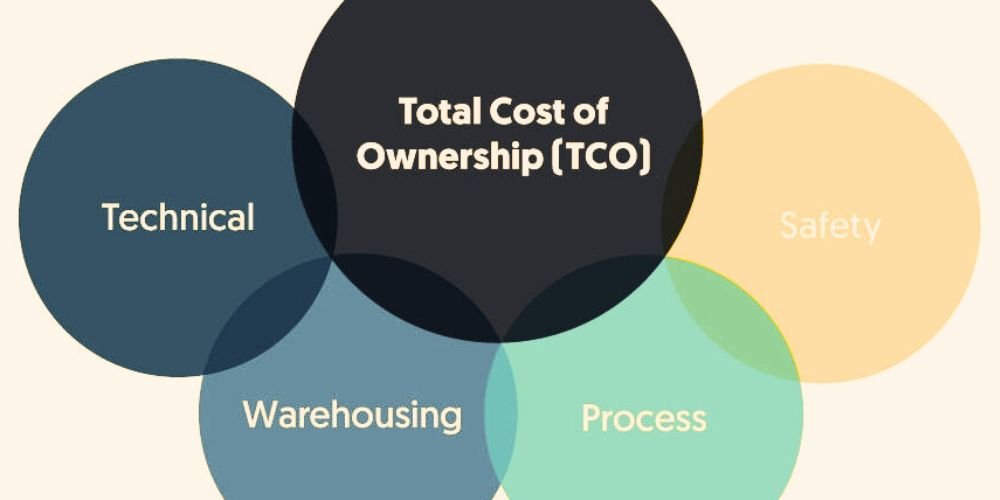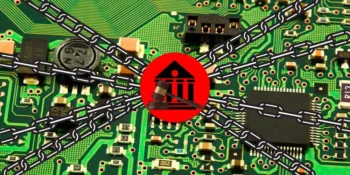In the dynamic landscape of technology, making informed investment decisions is crucial for organizations seeking to optimize their operations and stay competitive. Understanding the Total Cost of Ownership (TCO) is essential, as it provides a comprehensive view of the financial impact of technology investments over their entire lifecycle. This article provides a comprehensive guide, offering insights and strategies to evaluate the Total Cost of Ownership for technology solutions effectively.
Defining Total Cost of Ownership (TCO)
Before delving into the evaluation process, it’s essential to establish a clear understanding of what Total Cost of Ownership entails. TCO extends beyond the initial purchase price of a technology solution; it encompasses the entire spectrum of costs associated with its acquisition, implementation, operation, and eventual disposal or replacement.
Identify all Cost Components
To evaluate TCO accurately, organizations must identify and quantify all cost components. It includes direct costs such as the initial purchase price, licensing fees, implementation costs, and indirect costs like maintenance, training, support, and potential downtime.
Consider Operational and Maintenance Costs
Operational and maintenance costs are significant contributors to TCO. Assess ongoing software updates, hardware maintenance, and technical support expenses. Factoring in these costs provides a more realistic picture of the financial commitment required to sustain the technology solution.
Evaluate Training and Onboarding Expenses
Training and onboarding costs are often underestimated but can substantially impact TCO. Assess the expenses associated with training employees on the new technology, including any external training programs or resources required. A well-trained workforce contributes to efficient technology utilization and can mitigate potential disruptions.
Making Informed Procurement Decisions
Effective evaluation of TCO begins at the procurement stage, requiring a strategic and holistic approach.
Conduct a Thorough Vendor Evaluation
Before making a purchase, thoroughly evaluate potential vendors. Consider the initial costs and the vendor’s reputation, support services, and track record for delivering updates and addressing issues. A reliable vendor can positively impact the long-term Total Cost of Ownership by ensuring ongoing support and product improvement.
Understand Licensing Models
Understand the licensing models associated with the technology solution. Different models have varying cost implications over time, whether a one-time purchase, subscription-based, or a combination. Evaluate which licensing model aligns best with your organization’s needs and budget constraints.
Assess Customization and Integration Costs
Customizing and integrating technology solutions often involve additional costs. Assess the level of customization required to meet specific organizational needs and evaluate the associated costs. Additionally, consider potential integration costs with existing systems to ensure seamless functionality.
Quantifying the Impact on Productivity and Downtime
The Total Cost of Ownership evaluation should extend beyond financial considerations to include the impact on productivity and potential downtime.
Assess Productivity Gains or Losses
Evaluate how the technology solution contributes to productivity gains or losses. Consider factors such as automation, streamlined workflows, and improved collaboration. While these gains may not have a direct monetary value, they are crucial to the overall return on investment.
Quantify Potential Downtime Costs
Downtime can have significant financial repercussions. Assess the potential costs associated with system failures, software glitches, or other technical issues. Implementing preventive measures and factoring in downtime costs enhances the accuracy of TCO calculations.
Consider Scalability and Future Needs
A technology solution’s scalability and adaptability to future needs impact its Total Cost of Ownership. Assess the scalability of the solution to accommodate organizational growth and evolving requirements. Investing in scalable technology reduces the frequency of major upgrades and minimizes long-term costs.
Lifecycle Management and Disposal Considerations
Effective Total Cost of Ownership evaluation includes planning for the entire lifecycle of the technology solution, from implementation to disposal.
Plan for Regular Upgrades and Updates
Regular upgrades and updates are essential for maintaining the security and functionality of technology solutions. Include the costs associated with software updates, hardware upgrades, and any additional necessary features.
Evaluate End-of-Life Costs
Consider the costs associated with the end of the technology’s lifecycle. It includes potential disposal costs, data migration expenses, and transitioning to a new technology solution. Planning for end-of-life considerations ensures a smooth transition and minimizes unexpected financial burdens.
Factor in Potential Risks and Contingencies
Acknowledge and plan for potential risks that could impact TCO. It includes unforeseen events such as security breaches, regulatory changes, or unexpected shifts in organizational priorities. Establishing contingency plans allows for proactive management of potential disruptions.
Utilizing TCO as a Decision-Making Tool
Ultimately, Total Cost of Ownership is a critical decision-making tool, guiding organizations in making informed choices about technology investments.
Compare Multiple Solutions
When considering different technology solutions, conduct a TCO analysis for each option. Comparing Total Cost of Ownership across alternatives provides a comprehensive view of the financial implications and aids in selecting the best solution with organizational goals and budget constraints.
Engage Stakeholders in the Evaluation Process
Incorporate input from key stakeholders in the Total Cost of Ownership evaluation process. Engage IT professionals, end-users, and decision-makers to ensure a well-rounded assessment. Involving stakeholders enhances the accuracy of cost projections and fosters organizational buy-in.
Regularly Review and Update TCO Assessments
TCO is not a one-time assessment but an ongoing process. Regularly review and update TCO assessments, especially in the face of evolving technologies, organizational changes, or external factors that may impact costs. Keeping TCO assessments current ensures that technology investments remain aligned with organizational objectives.
Conclusion
Evaluating the Total Cost of Ownership (TCO) is critical to making informed and strategic technology investments. By comprehensively assessing all cost components, considering operational and maintenance costs, making informed procurement decisions, quantifying the impact on productivity and downtime, managing the entire lifecycle, and utilizing TCO as a decision-making tool, organizations can optimize their technology investments for long-term success. Total Cost of Ownership is not merely a financial metric; it’s a strategic tool that empowers organizations to make technology decisions that align with their objectives and contribute to sustained operational excellence. Stay vigilant, stay informed, and let TCO be your compass in navigating the ever-evolving landscape of technology investments.










